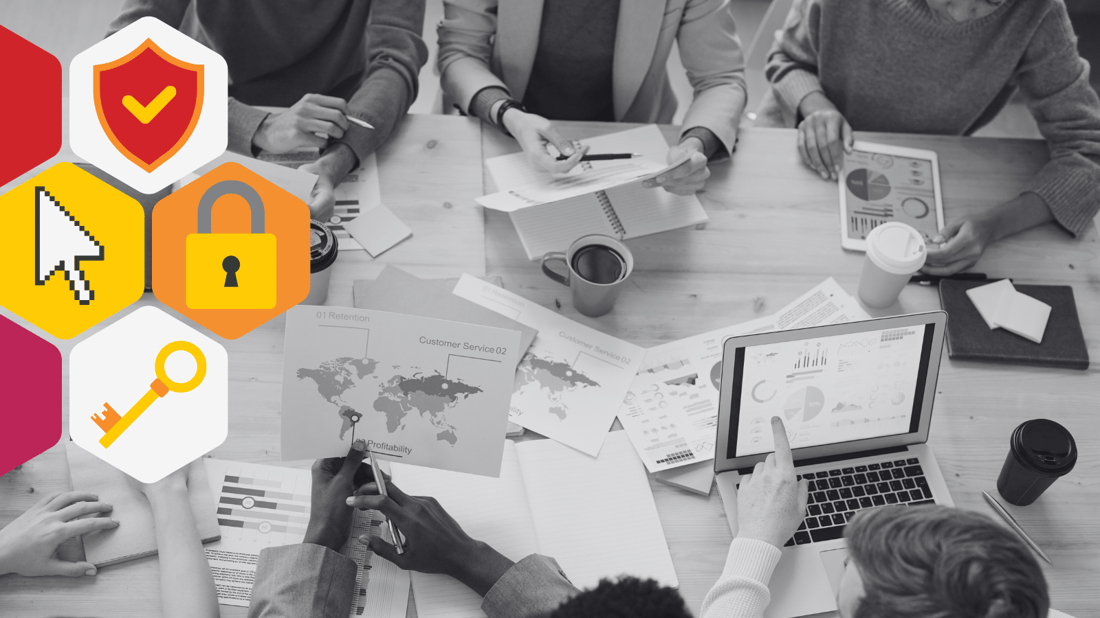Protecting the Person, Not Just the Employee: A Framework for Whole-Person Resilience
The digital battlefield is relentless—and personal. That reality now sits squarely on the shoulders of security leaders. The threats no longer stop...
The myth that humans are the weakest link in cybersecurity has persisted for too long. While it’s true that human errors can lead to vulnerabilities, and do indeed cause breaches or incidents, this well repeated narrative overlooks a critical truth: when properly empowered and supported, humans are not just a liability to manage—they are your greatest asset in building a resilient cybersecurity culture.
Calling humans the weakest link creates a mindset of blame and detachment. It fosters fear, mistrust, and complacency, making employees feel like passive participants in the cybersecurity ecosystem rather than active contributors. This stagnant mindset perpetuates a reactive approach to security rather than inspiring proactive engagement.
And don't even get us started on calling for the people in your company to become a 'human firewall'. Let's be real: no one wants to be a firewall.
It also ignores a fundamental reality: cybersecurity isn’t just about technology—it’s about people. Cyber threats exploit human vulnerabilities, and only humans can adapt, learn, and innovate to counter these threats effectively. Treating employees as a weak link undermines the very people who can help turn the tide.
By investing in behavior-focused programs, organizations can transform employees into a dynamic, engaged, and empowered defense system. Here’s how:
Engaging Education: Moving beyond boring compliance training to programs that are interactive, relevant, and engaging. Think bite-sized learning, real-world scenarios, and tools that meet employees where they are.
Behavioral Insights: Use data to understand how employees perceive risk, where they’re most vulnerable, and how they’re likely to respond in high-pressure situations. Insights from psychology and behavioral science can guide training that changes habits and builds awareness.
Culture of Trust: Build an environment where employees feel supported, not judged. Encourage them to report potential threats without fear of reprisal and reward proactive behavior.
Continuous Learning: Cyber threats evolve, and so must your people. Regular, adaptive training keeps employees engaged and informed, making security part of their daily mindset.
Elevating human risk to a strategic pillar requires more than a one-size-fits-all approach. It demands:
Strategic Alignment: Tie human risk programs to broader business goals and demonstrate their value to leadership. This shifts the conversation from a compliance checklist to a strategic advantage.
Tailored Solutions: Segment employees by role, risk level, or behavior patterns to deliver targeted training and interventions that resonate.
Measurement and Feedback: Use metrics to evaluate program effectiveness, from reduced incidents to improved awareness, and refine based on what works.
The narrative around humans in cybersecurity needs to change. Instead of the weakest link, think of humans as the most adaptable, insightful, and proactive element in your defense strategy. When equipped with the right tools, knowledge, and culture, they can outsmart even the most sophisticated threats.
Let’s retire the blame game and embrace a new truth: humans, when empowered, are the heart of a strong cybersecurity culture. The journey starts with behavior-focused programs that inspire engagement, build trust, and elevate your organization’s resilience.
Think humans are the weakest link? Think again. It’s time to unlock your organization’s greatest asset: your people.

The digital battlefield is relentless—and personal. That reality now sits squarely on the shoulders of security leaders. The threats no longer stop...
9 min read

While firewalls, passwords, and antivirus software stand as stalwart defenders, there's one crucial element often overlooked in the defense arsenal:...
4 min read

The annual release of Microsoft’s Digital Defense Report is always a milestone moment for the cybersecurity industry. For us, as an organization...
5 min read
Subscribe to our newsletters for the latest news and insights.
Stay updated with best practices to enhance your workforce.
Get the latest on strategic risk for Executives and Managers.
